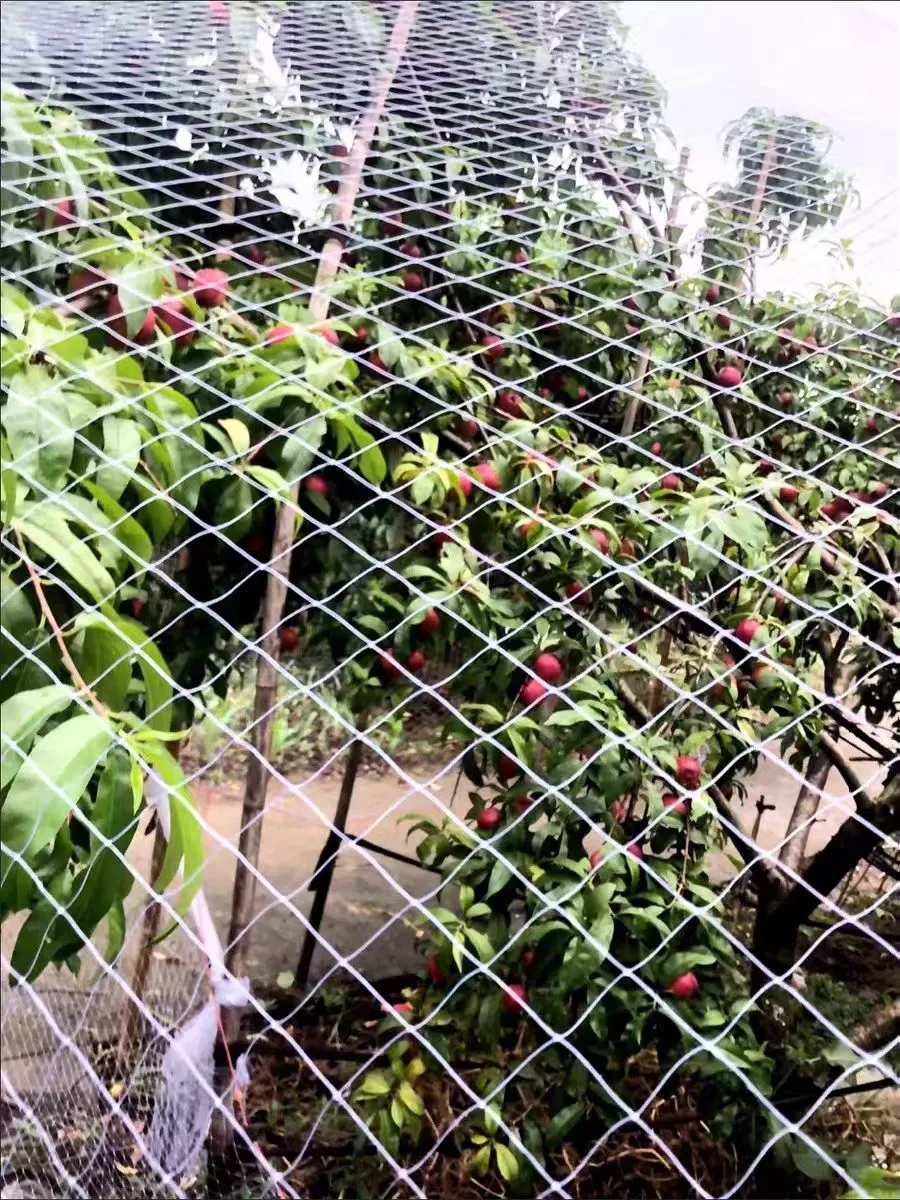-
 Afrikaans
Afrikaans -
 Albanian
Albanian -
 Amharic
Amharic -
 Arabic
Arabic -
 Armenian
Armenian -
 Azerbaijani
Azerbaijani -
 Basque
Basque -
 Belarusian
Belarusian -
 Bengali
Bengali -
 Bosnian
Bosnian -
 Bulgarian
Bulgarian -
 Catalan
Catalan -
 Cebuano
Cebuano -
 China
China -
 Corsican
Corsican -
 Croatian
Croatian -
 Czech
Czech -
 Danish
Danish -
 Dutch
Dutch -
 English
English -
 Esperanto
Esperanto -
 Estonian
Estonian -
 Finnish
Finnish -
 French
French -
 Frisian
Frisian -
 Galician
Galician -
 Georgian
Georgian -
 German
German -
 Greek
Greek -
 Gujarati
Gujarati -
 Haitian Creole
Haitian Creole -
 hausa
hausa -
 hawaiian
hawaiian -
 Hebrew
Hebrew -
 Hindi
Hindi -
 Miao
Miao -
 Hungarian
Hungarian -
 Icelandic
Icelandic -
 igbo
igbo -
 Indonesian
Indonesian -
 irish
irish -
 Italian
Italian -
 Japanese
Japanese -
 Javanese
Javanese -
 Kannada
Kannada -
 kazakh
kazakh -
 Khmer
Khmer -
 Rwandese
Rwandese -
 Korean
Korean -
 Kurdish
Kurdish -
 Kyrgyz
Kyrgyz -
 Lao
Lao -
 Latin
Latin -
 Latvian
Latvian -
 Lithuanian
Lithuanian -
 Luxembourgish
Luxembourgish -
 Macedonian
Macedonian -
 Malgashi
Malgashi -
 Malay
Malay -
 Malayalam
Malayalam -
 Maltese
Maltese -
 Maori
Maori -
 Marathi
Marathi -
 Mongolian
Mongolian -
 Myanmar
Myanmar -
 Nepali
Nepali -
 Norwegian
Norwegian -
 Norwegian
Norwegian -
 Occitan
Occitan -
 Pashto
Pashto -
 Persian
Persian -
 Polish
Polish -
 Portuguese
Portuguese -
 Punjabi
Punjabi -
 Romanian
Romanian -
 Russian
Russian -
 Samoan
Samoan -
 Scottish Gaelic
Scottish Gaelic -
 Serbian
Serbian -
 Sesotho
Sesotho -
 Shona
Shona -
 Sindhi
Sindhi -
 Sinhala
Sinhala -
 Slovak
Slovak -
 Slovenian
Slovenian -
 Somali
Somali -
 Spanish
Spanish -
 Sundanese
Sundanese -
 Swahili
Swahili -
 Swedish
Swedish -
 Tagalog
Tagalog -
 Tajik
Tajik -
 Tamil
Tamil -
 Tatar
Tatar -
 Telugu
Telugu -
 Thai
Thai -
 Turkish
Turkish -
 Turkmen
Turkmen -
 Ukrainian
Ukrainian -
 Urdu
Urdu -
 Uighur
Uighur -
 Uzbek
Uzbek -
 Vietnamese
Vietnamese -
 Welsh
Welsh -
 Bantu
Bantu -
 Yiddish
Yiddish -
 Yoruba
Yoruba -
 Zulu
Zulu
Innovative Design for Insect Habitat Enclosures with Optimal Mesh for Ventilation and Protection
The Impact of Insect Cage Mesh on Entomological Research and Sustainable Agriculture
In recent years, the utilization of insect cage mesh has gained significant momentum in entomological research and sustainable agriculture. This specialized mesh serves as a crucial tool for researchers and farmers alike, allowing for the effective study, cultivation, and management of various insect species. The design, functionality, and advantages of insect cage mesh have made it an indispensable resource in these fields.
Insect cage mesh is typically crafted from lightweight, durable materials that provide optimal ventilation while preventing insect escape. The small openings in the mesh are specifically designed to allow air circulation, sunlight, and moisture while keeping pests contained. This feature is essential for researchers who need to create controlled environments for the observation and experimentation of insects, such as pollinators, beneficial predators, or even pest species. Whether it's studying the life cycle of a particular insect or evaluating the effectiveness of different pest control methods, insect cage mesh provides the necessary framework for comprehensive research.
One of the primary applications of insect cage mesh is in the study of pollinators, which play a vital role in global food production
. By enclosing plants with insect cages, researchers can examine the behavior and effectiveness of various pollinator species. This localized study can yield insights into pollination patterns, biodiversity, and the overall health of ecosystems. Such research is especially critical in the face of declining pollinator populations, as it helps scientists develop strategies to conserve these essential insects and enhance agricultural yields.insect cage mesh

Moreover, insect cage mesh has crucial implications for sustainable agriculture. Many farmers are now using this technology to foster beneficial insect populations, such as ladybugs and lacewings, which can naturally control pest populations. By creating habitats within mesh cages, farmers can encourage these beneficial insects to thrive, reducing the need for chemical pesticides and promoting an ecological balance on their farms. This approach is not only environmentally friendly but also aligns with the growing consumer demand for organic produce.
Another significant advantage of insect cage mesh is its versatility. These cages can be utilized in various settings, from small home gardens to large-scale agricultural operations. They can house everything from beneficial insects to experimental crops, making them an invaluable asset for both hobbyists and professionals. Furthermore, the portability of insect cages means they can be moved to different locations based on seasonal changes or specific research needs, offering flexibility in usage.
In conclusion, insect cage mesh has a profound impact on entomological research and sustainable agriculture. By providing a controlled environment for the study and management of insects, it supports vital research into pollination and pest control. Its role in fostering beneficial insect populations allows for more sustainable farming practices, reducing reliance on chemical inputs and promoting biodiversity. As the challenges facing global agriculture continue to grow, the importance of innovative tools like insect cage mesh cannot be overstated. Researchers and farmers who embrace this technology are likely to contribute significantly to the future of food security and environmental health, paving the way for more sustainable agricultural practices worldwide.
-
Shipping Plastic Bags for Every NeedNewsJul.24,2025
-
Safety Netting: Your Shield in ConstructionNewsJul.24,2025
-
Plastic Mesh Netting for Everyday UseNewsJul.24,2025
-
Nylon Netting for Every UseNewsJul.24,2025
-
Mesh Breeder Box for Fish TanksNewsJul.24,2025
-
Expanded Steel Mesh Offers Durable VersatilityNewsJul.24,2025











